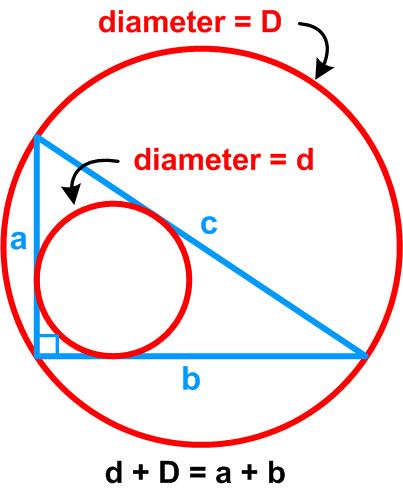
James Tanton asked to prove the following surprising property of a right triangle and its circumscribed and inscribed circles.
“Every triangle is circumscribed by some circle of diameter D, say, and circumscribes another circle of smaller diameter d. For a right triangle, d + D equals the sum of two side lengths of the triangle. Why?”

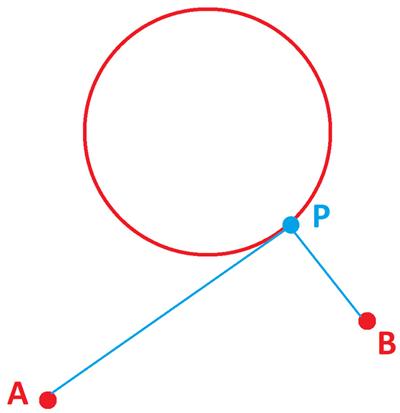 James Tanton provides another imaginative
James Tanton provides another imaginative 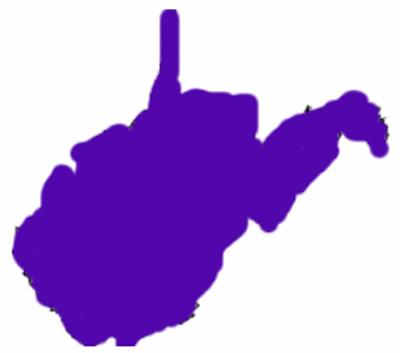 Here is a seemingly simple problem from Futility Closet.
Here is a seemingly simple problem from Futility Closet.

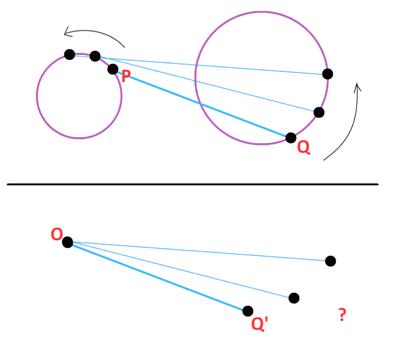
 James Tanton
James Tanton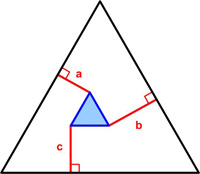 I found this collection of related problems by
I found this collection of related problems by